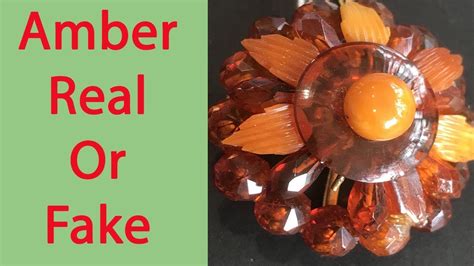Identifying Real Amber: The Sun Test and Beyond
Amber, fossilized tree resin, captivates with its warm glow and ancient history. But the allure of this gemstone has led to a surge in counterfeits, making authentication crucial. While numerous tests exist, the sun test remains a popular, albeit imperfect, initial method for assessing amber's authenticity. This article will delve into the sun test, its limitations, and other reliable methods for identifying genuine amber.
What is the Sun Test for Amber?
The sun test, also known as the heat test, involves holding a piece of suspected amber to direct sunlight. Genuine amber, due to its organic composition, is believed to warm up noticeably faster than many imitations. This is because amber has a lower thermal conductivity compared to materials like plastic or glass. The idea is that you can feel a distinct warmth emanating from real amber after a short exposure to sunlight.
How to Perform the Sun Test
- Choose a sunny day: Direct sunlight is essential for this test to be effective.
- Hold the amber: Hold the piece of suspected amber in your hand, ensuring it's directly exposed to the sun's rays.
- Feel for warmth: After a few minutes, feel the amber. If it warms up noticeably and retains the heat for a short time, this is a potential indicator of authenticity.
Limitations of the Sun Test
It's crucial to understand that the sun test is not definitive proof of authenticity. Many factors influence the results, making it unreliable as a standalone test. These limitations include:
- Subjectivity: The perception of warmth is subjective; what one person feels as warm, another might consider lukewarm.
- Ambient Temperature: A warm day or a warm hand can skew the results.
- Size and Shape of the Amber: Larger pieces may take longer to warm up than smaller ones.
- Type of Imitation: Some plastic imitations can mimic the warming effect.
Other Ways to Identify Real Amber: Beyond the Sun Test
While the sun test provides a rudimentary initial screening, relying solely on it is risky. Here are other, more reliable methods for identifying genuine amber:
1. Saltwater Test:
This test leverages amber's lower density. Genuine amber will float in a concentrated saltwater solution (approximately 1.1 g/cm³ density). Counterfeits, often denser, will sink.
2. Static Electricity Test:
Rub the suspected amber with a piece of cloth. Genuine amber will attract small pieces of paper or dust due to static electricity buildup. Many imitations lack this property.
3. Examining the Inclusions:
Genuine amber often contains inclusions – trapped insects, plant matter, or air bubbles. These inclusions are usually irregular and naturally occurring, unlike those found in artificial imitations, which tend to be artificially placed and uniform. A jeweler's loupe or microscope is helpful for detailed inspection.
4. Smell Test (with Caution):
When heated gently (never hold over an open flame), real amber emits a distinct piney or resinous aroma. However, exercise extreme caution as excessive heat can damage the amber.
5. Professional Appraisal:
For valuable pieces or when complete certainty is required, seeking a professional gemologist's appraisal is recommended. They use advanced techniques to determine authenticity with precision.
Conclusion: A Multifaceted Approach to Amber Identification
While the sun test offers a simple initial assessment, it should never be the sole method used to determine the authenticity of amber. Combining the sun test with other methods, such as the saltwater test, static electricity test, and examining inclusions, provides a more comprehensive and reliable evaluation. Ultimately, for high-value pieces, a professional appraisal remains the most accurate way to guarantee authenticity. Remember, caution and a critical eye are essential when dealing with amber, a gemstone as beautiful as it is often imitated.

